The Ford E-Series, also known as the Ford Econoline in Mexico and Ford Club Wagon, is a line of full-size vans (both cargo and passenger) and truck chassis from the Ford Motor Company. The line was introduced in 1961 as a compact van and its descendants are still produced today, though they are now (as of 2015) being replaced by the Ford Transit.
Though the E-Series has been its own unique platform since 1968, it uses many components from the F-Series line of pickup trucks. The Econoline is manufactured solely at Ford's Ohio Assembly plant in Avon Lake, Ohio--after the closure of the Lorain, Ohio plant in December 2005 and the consolidation of all production at Avon Lake. As of 2012, the E-Series and the Transit Connect compact MPV (which debuted for the 2010 model year) are the only vans in the Ford lineup in North America.
Since 1980, E-Series has been the best selling American full-sized van, and held 79.6% of the full-size van market in the United States in 2007, with 168,722 vehicles sold.
The E-series is a tow vehicle, due to the available GCWR (Gross Combined Weight Rating) of up to 20,000 lb (9076 kg), and its relatively low curb weight.
Ninety-five percent of van sales are to commercial or fleet-end users; about half are cargo vans. The E-Series cargo area features a double-wall design which leaves the exterior sheet metal less vulnerable to damage from shifting cargo.
In early 2007, the E-Series was listed by Autodata as one of the top 20 best-selling vehicles in the United States, most likely due to fleet sales. In China, the Ford E-Series (E250 and E350) are manufactured by Jiangling Motors with Ford name plates. As of 2014, the Ford E-Series is sold in North America, the Middle East, and China in LHD only. It has recently been discontinued in Mexico.
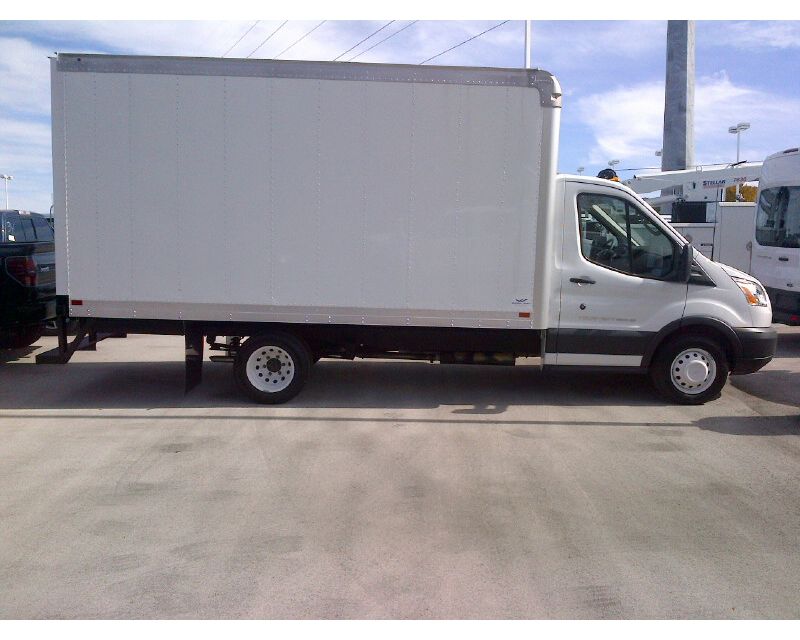
First Generation (1961-1967)
Based on the compact Ford Falcon, the first Ford Econoline was introduced for the 1961 model year. Sized roughly to compete with the Chevrolet Corvair 95 (Greenbrier Sportswagon) and Volkswagen Type 2, which was 172.3 in (4,376 mm) long. It was originally offered as a cargo van, an eight-passenger van with three rows of seats (which carried the Ford Falcon name) and as a pickup truck. A 165 lb (75 kg) counterweight was fitted over the rear wheels to balance the front-heavy vehicle; this was sometimes removed by later owners. The implementation of situating the driver on top of the front axle with the engine near the front wheels is called, in the US, a "cab over" short for cab over engine configuration. In Europe it is called a "forward control" vehicle. The body styling borrowed heavily from the, smaller, UK produced, Thames 400E which had been in production since 1957 and the 1956-64 Jeep Forward Control.
Instead of the rear-mounted engine used by Volkswagen and Chevrolet, the first E-Series had a flat nose with the engine between and behind the front seats. Early models had a 144 CID inline 6-cylinder engine with a three-speed manual transmission. Later models had a 170 CID or 240 CID engines with a three-speed manual or automatic transmission. It was an immediate success with utilities like the Bell Telephone System.
In its first year, 29,932 standard vans, 6,571 custom Econoline buses, 11,893 standard pickups and 3,000 custom pickups were made. The success of the Econoline led to its layout adopted in 1964 by the Chevrolet Van/GMC Handi-Van and Dodge A100; it would also be utilized internationally and sold by Mitsubishi, Nissan, and Toyota, with microvans called the Subaru Sambar and the Daihatsu Hijet.
Mercury Econoline
In rural Canada, where automobile dealers were scarce, the Econoline was sold as a Mercury alongside the M-Series truck lineup. Only the first generation of Econolines were sold as Mercurys; the next van sold by the division would be the 1993 Villager minivan.
- First Generation Models 1961-1967
Ford Box Truck Dealers Video
Second Generation (1968-1974)
Technically, Ford would not produce the Econoline for the 1968 model year. A United Auto Workers strike delayed the production of the redesigned model into late-spring 1968, delaying its introduction into the 1969 model year.
The redesigned 1969 Econoline would mark a major change for van design in North America. In a major shift from the Volkswagen-inspired cabover configuration seen before, the front axle was repositioned at the front end of the van; the "Twin I-Beam" front suspension was carried over from the F-Series trucks. Shedding its Falcon roots, the Econoline moved the engine forward of the driver, allowing for the use of heavier-duty powertrains, including the first V8 engines.
Over the next six years, the Big Three would all redesign their vans in a similar fashion. The Volkswagen-style mid-engine cabover configurations of the 1960s gave way to vans with engines in the front with a short hood. The shared components for full-size vans also switched from compact cars to full-size pickup trucks.
These were the first vans used as the basis for the now-popular Class C van-based recreational vehicles (RV), a class still dominated by Ford.
For 1971, the grille was redesigned, and a year later E-Series offered a new feature, and a new model. Sliding rear doors were an option for 1972, as well as the Hi-Cube van, the first van with a stripped chassis used for something other than recreational vehicles.
The top trim package Club Chateau was introduced with this generation, consisting of houndstooth fabric on all seats, air conditioning, AM-FM stereo, and the ability to accommodate up to 12 passengers.
- Second Generation Models 1969-1974
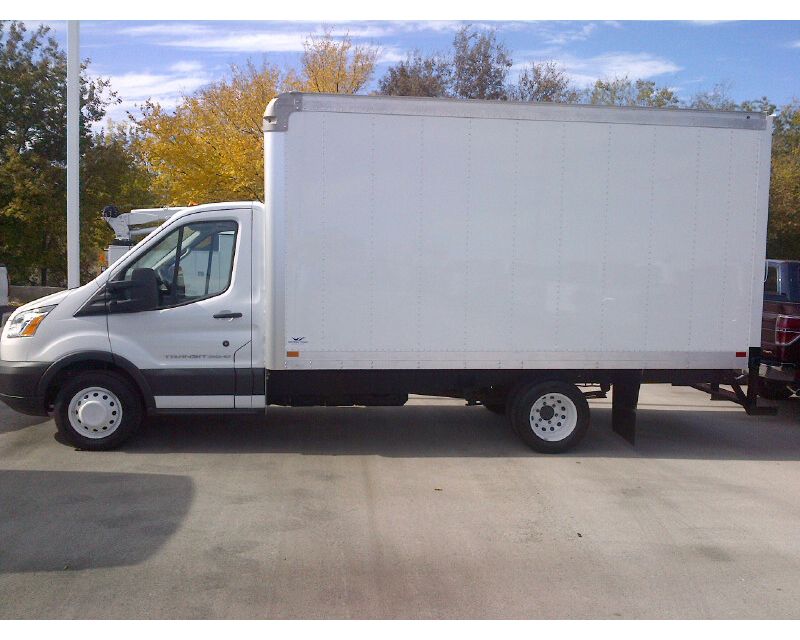
Third Generation (1975-1991)
For the 1975 model year, the Econoline was given a ground-up redesign using an all-new platform. To improve interior room and engine access over both its predecessor and its competition, the engine was moved further forward; the hood was lengthened and flattened. A higher degree of parts commonality with the F-Series made itself known in the bodystyling: the vent windows, taillights, and wheels were common items between the two vehicles. In 1978, much of the Econoline's front end design would appear on the Transit Mk. 2.
Inside, the drivers' compartment was redesigned with more ergonomic controls, many common with the F-Series. The Econoline was available in two wheelbases and three body lengths. In a massive growth spurt, the short-wheelbase model was 0.5 inches longer than the previous long-wheelbase model; the standard Econoline sported a 138-inch wheelbase, the longest until 1990.
Passenger vans (Econoline Wagons/Club Wagons) could seat between two and 12 passengers, depending on the number of seats installed; standard-length wagons typically held two bench seats behind the driver. In 1978, a 15-passenger "Super Wagon" was introduced on the same wheelbase as the standard-length van, using a body extension added to the rear of the vehicle.
With a full frame, its chassis could now be used for cutaway vans, the basis of buses, trucks, and ambulances. This was also the beginning of aftermarket four wheel drive conversions for the van.
For sixteen years, this generation of the Econoline would continue nearly unchanged over its entire production run. In 1979, a minor facelift added a new front grille; square headlights replaced the round units. In 1983, Ford's "Blue Oval" logo was integrated into the front grille. Van conversions became a popular alternative to sparse factory passenger accommodations. For the 1988 model year, the short-wheelbase (124-inch) bodystyle was discontinued, leaving the 138-inch wheelbase as standard. Both the 3- and 4-speed manual transmissions were discontinued for 1988 as well.
Although the 1986 Aerostar minivan would introduce styling far different from the Econoline, the basic styling of the full-size van would heavily influence the Ford Ranger (and its SUV offspring, the Ford Bronco II). A stillborn variant of the Econoline, the Ford Carousel, was planned for a 1975-1976 introduction. A potential predecessor to modern minivans, the Carousel was discontinued due to lack of funding.
- Third Generation Models 1975-1991
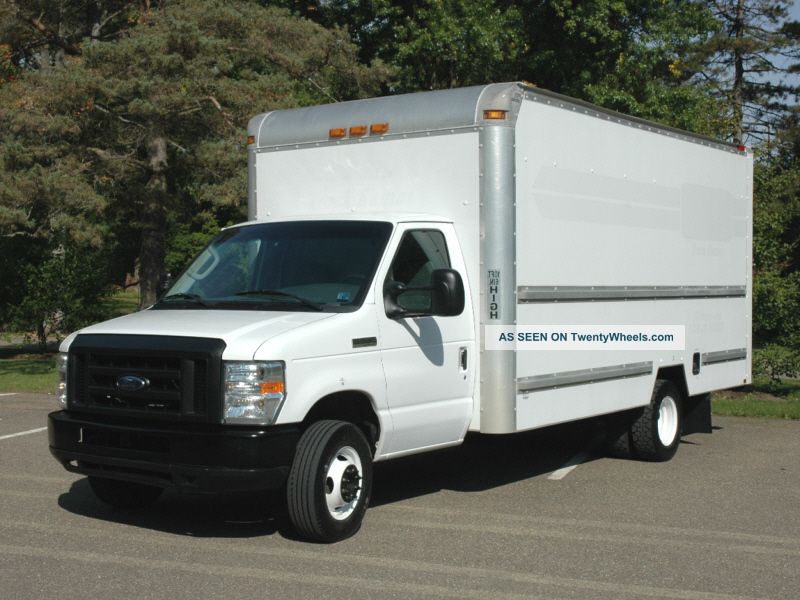
Fourth Generation (1992-2007)
For the first time in 17 years, the E-Series underwent an exterior redesign for the 1992 model year. A far more aerodynamic exterior was used over the same platform architecture. As before, the powertrain consisted of a 4.9 L inline six, 5.0, 5.8, and 7.5 liter V8 engines, or a 7.3 L diesel V8. Inside, an all-new drivers' compartment allowed for more room for drivers and improved ergonomics. On all models except the Econoline 350, the steering wheel was now equipped with an airbag; this was a first for a full-size van. The consumer-oriented Chateau Club Wagon version was Motor Trend magazine's Truck of the Year for 1992. While all 1992-1993 model year Econoline vans equipped with air-conditioning used R-12 Freon, Ford began using CFC-free R134a refrigerant in 1994 models beginning in late summer or early fall of 1993. The Econoline received a CFC-free air-conditioning system in September 1993, or earlier. The same is true for all 1994 Ford trucks and SUVs, including the Bronco, F-series, Ranger, and Explorer. In 1994 Ford changed from the old 7.3L diesel to the new 7.3L Powerstroke diesel.
The only visible exterior change for 1995 was the deletion of the amber turn signals in the tail lights, used from 1992 to 1994 model years. In Canada, the Econoline name was dropped in favor of E-Series (this remained in the United States until 2002).
1997
A major change of the engine lineup was made in 1997; only the 7.3 L diesel remained from the year before. A 4.2 L Essex V6 replaced the 300 inline-6 and the 7.5 L/460 V8 was replaced by a 6.8 L Triton V10. The 5.0L/302 and 5.8L/351 Windsor V8s were replaced by 4.6 L and 5.4 L Triton V8s, respectively. The Econoline received an updated front end with a new grille that featured an oval cutout and new lower front bumper trim. Inside, an ergonomic dashboard layout containing dual airbags was introduced.
1999-2002
For the 1999 model year the Club Wagon full-size passenger van was renamed the Econoline Wagon. The cargo van iteration remained being called Econoline.
2001 E-Series
Along with a minor update, 2001 brought a major change to the Ford full-size van lineup; the Econoline and Econoline Wagon names were discontinued. For the first time on all models, the "E-Series" name replaced Econoline, and was sold as such in the literature on commercial vans and ambulance packages, another category dominated by Ford. Heavy-duty cutaway van models, most often used in large box vans and Class C recreational vehicles, also featured "E-350" or "E-450" badging on the front fenders.
To replace the Club/Econoline Wagon (and the previous Chateau models), Ford introduced E-150 Traveler model targeted at families. The Traveler would be a short-lived model, however, as minivans and SUVs were by this point far more popular for passenger use. But as full-size vans had the towing and payload (and optional diesel power) of full-sized pickups and room for eight to 15 passengers plus their baggage, a certain segment of customers continued to buy the E-Series (and, to a lesser extent, its competitors from GM and Chrysler).
2003 facelift
For 2003, Ford updated the E-Series by enlarging the grille; the Ford logo also shifted from the hood to the grille. A new engine cover, cup holder, and glove box was also added.
The year 2003 saw the replacement of the 7.3 L Power Stroke diesel and the introduction of the new 6.0 L Power Stroke with more power than the 7.3, but still detuned from the same engine in the F-Series due to a lack of airflow in the engine compartment. The 6.0 Powerstroke is intercooled, however, the 7.3 L lacked an intercooler.
Inside, a new gauge cluster was also added; it included a tachometer along with a digital odometer.
In 2006, the 6.8 L Triton V10 produced 305 hp (227 kW; 309 PS) and 420 lb·ft (569 N·m) torque, 235/440 for the diesel.
A hydrogen-fueled version of this engine powers an E-450 shuttle bus produced since 2007, used first in airports in Vancouver, British Columbia and Orlando, Florida.
- Fourth generation Ford E-Series / Econoline models (1997-2005)
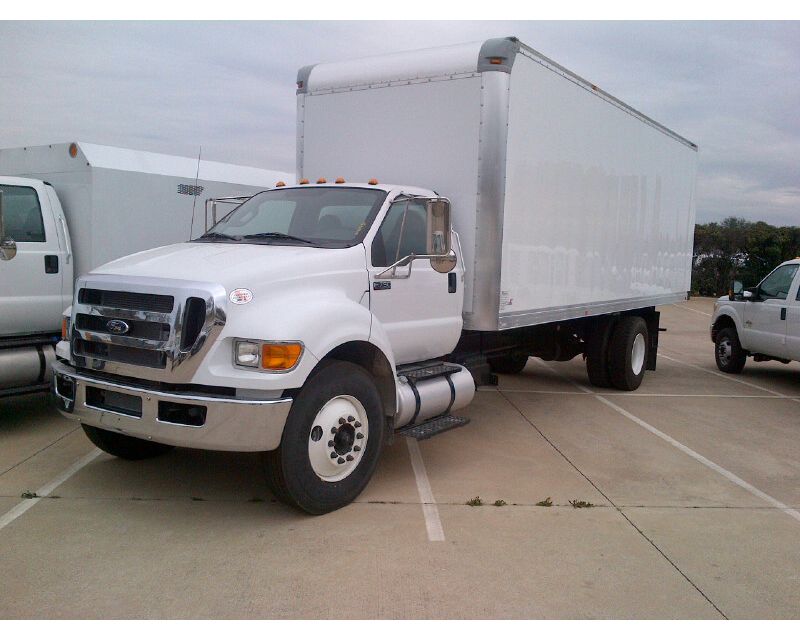
Fifth Generation (2008-present)
Ford introduced the new E-Series at the New York Auto Show in March 2007. The van received completely redesigned front end sheet metal similar to that of the 2008 Ford Super Duty trucks. It has been overhauled with better handling and more payload.
Updates to the front end of the van include larger headlights, a larger grille, and a longer hood than previously used on E-Series and Econoline vans. The 6.0 L turbo diesel is retained on the E-Series, while Super Duty received the new 6.4 L twin turbo diesel. Gasoline engines carried over. A series of upgrades to the braking, suspension and steering systems have resulted in improvements in ride and handling, braking performance and load carrying capability, although the Twin-I-Beam front suspension remains. Four-wheel drive is available through Ford Fleet Truck using current model year Super Duty parts. The E-150 has a NHTSA rollover risk of 27.9%.
The chassis and suspension improvements have also resulted in an increase in the maximum gross vehicle weight rating (GVWR) from 14,050 lb (6373 kg) to a class-leading 14,500 lb (6577 kg). Additionally, the maximum front gross axle weight rating (GAWR) is increased by about 10 percent, from 4,600 lb (2087 kg) to a class-leading 5,000 lb (2268 kg).
In 2009 the E-Series received a new dashboard, complete with Ford's new Sync system, available in-dash navigation and upfitter switches as used in the F-Series Super Duty trucks. Also included is a passenger-side glove compartment, a first for the E-Series; previously, the glove compartment was integrated in the engine cover. Another new 2009 option was the rear-view backup camera, which is becoming widely available throughout the industry on smaller vehicles; it is another first for Ford in the full-size van field. Ford is the first automotive manufacturer to offer a full-size van that is capable of using E85; this option is most commonly available on Ford's F-150 with the 5.4 L engine. It was available on the 2009 4.6 L and 5.4 L engines.
The 6.0 diesel was discontinued at the end of the 2010 model year. There was no diesel replacement for the 6.0 and the 6.8L V10 takes its place in the engine line up. Ford did not offer the new 6.7 diesel found in Super Duty trucks due to space limitations. It is unconfirmed whether this means it physically does not fit or there is not enough space to cool properly.
To celebrate its half-century mark, the E-Series featured a Special 50th Anniversary version for the 2011 model year. GCWR of the E450 has been raised to 22,000 lb (9979 kg), up from 20,000 lb (9072 kg).
While the van variant of the E-Series stopped production after the 2014 model year due to poor sales, the stripped chassis and cutaway models continue to be produced for 2015 and will be built "until the end of the decade" due to record sales.
- Fifth generation Ford E-Series / Econoline models (2008-2014)

Sales
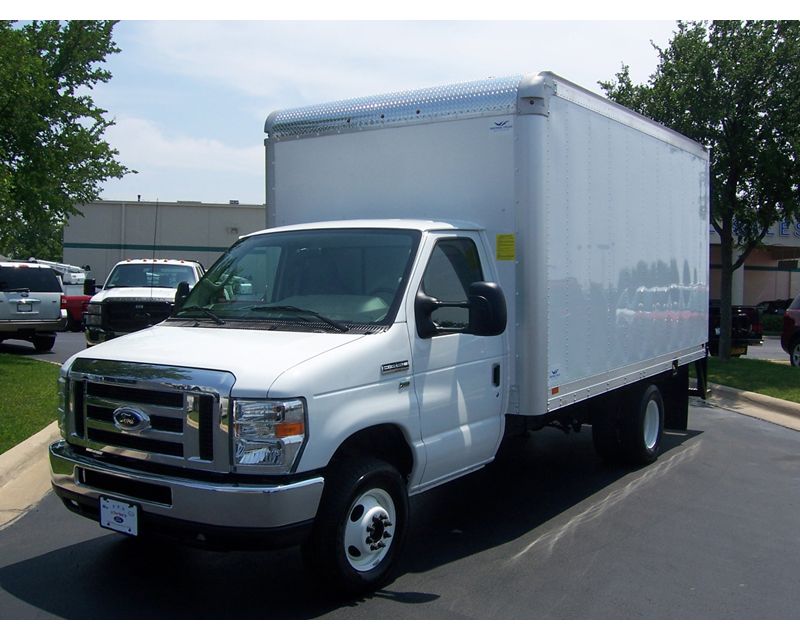
Phaseout
For the 2015 model year, passenger and cargo versions of the E-Series/Econoline were discontinued, replaced by the Ford Transit, produced by Kansas City Assembly in Claycomo, Missouri. Due to the market commonality of the E-Series, stripped chassis and cutaway cab models are still produced alongside the commercial versions of the Transit. Ford will continue production of the E-Series for commercial users through the 2015 model year and possibly until "the end of the decade".
Along with significant gains in payload, interior space, flexibility, and fuel economy, the decision to replace the E-Series with the Transit is part of Ford's movement to consolidate its product lines globally, as it has done with the Ford Fiesta, Ford Focus/Ford C-Max, Ford Fusion/Ford Mondeo, the Ford Escape/Ford Kuga, and the Ford Transit Connect. The Transit is the first full-size truck to utilize Kinetic Design for its styling.
Are You Looking for Products
Here some products related to "Ford E-Series".
Bestop 16212-01 EZ Fold T..
Bestop 16212-01 EZ Fold T..
Thule 682 Sidekick Roofto..
Bestop 15106-01 ZipRail T..
Get these at Amazon.com* amzn.to is official short URL for Amazon.com, provided by Bitly
Source of the article : here
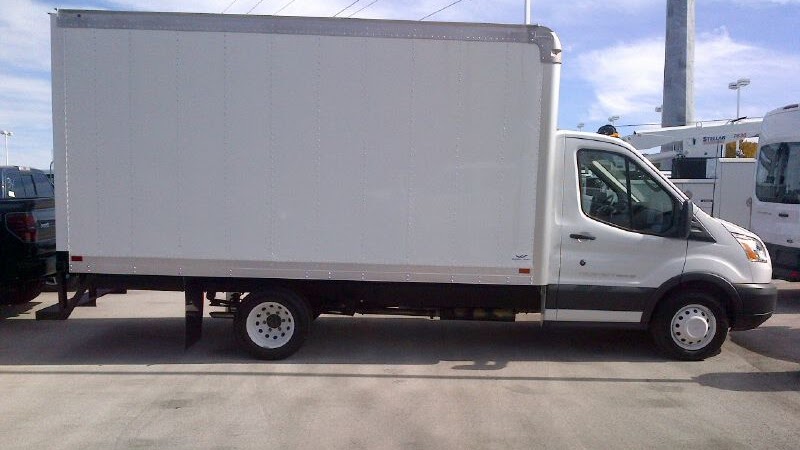

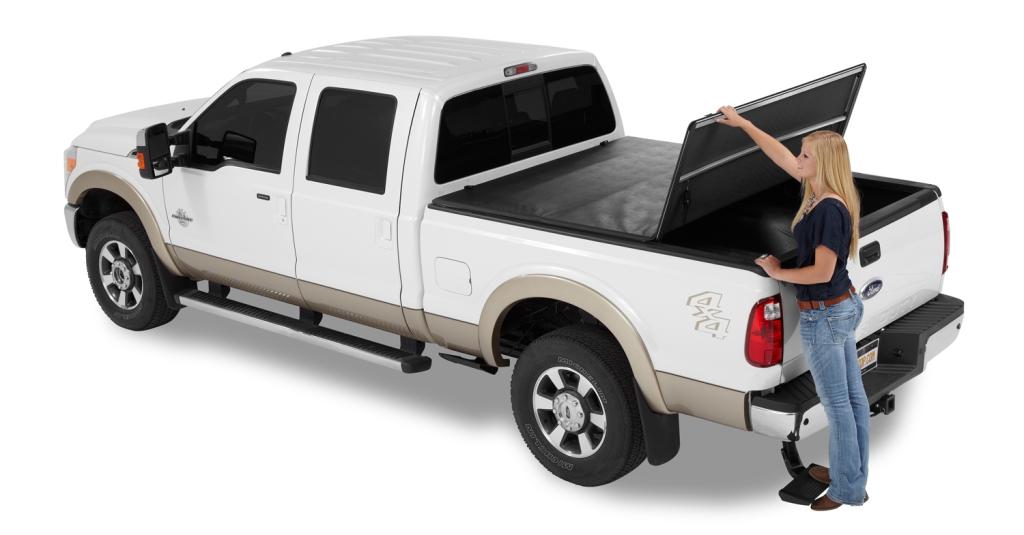
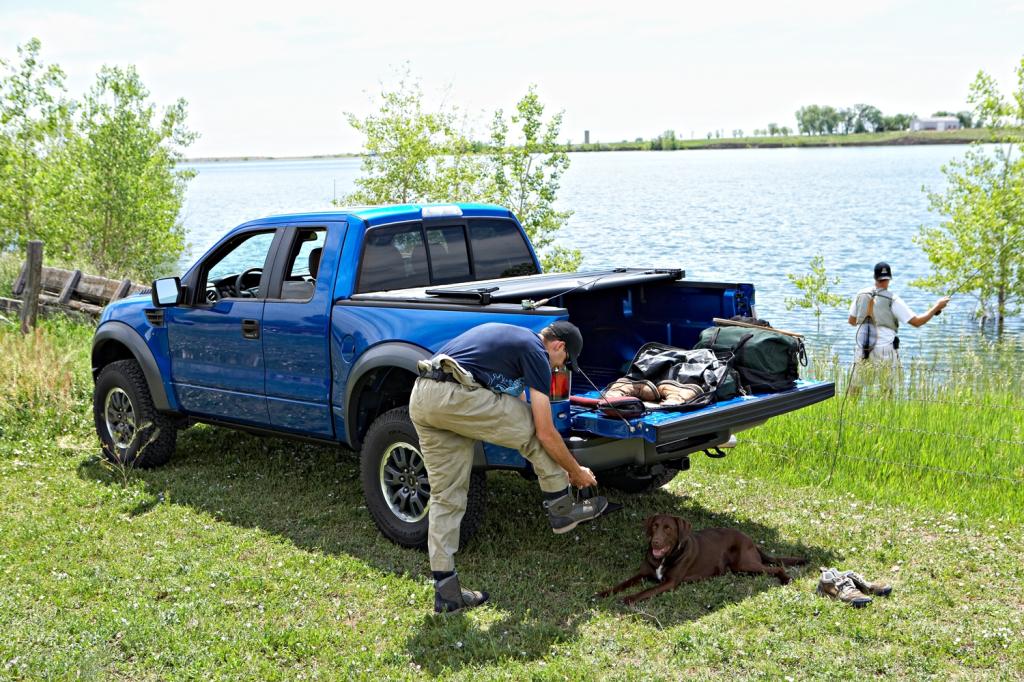

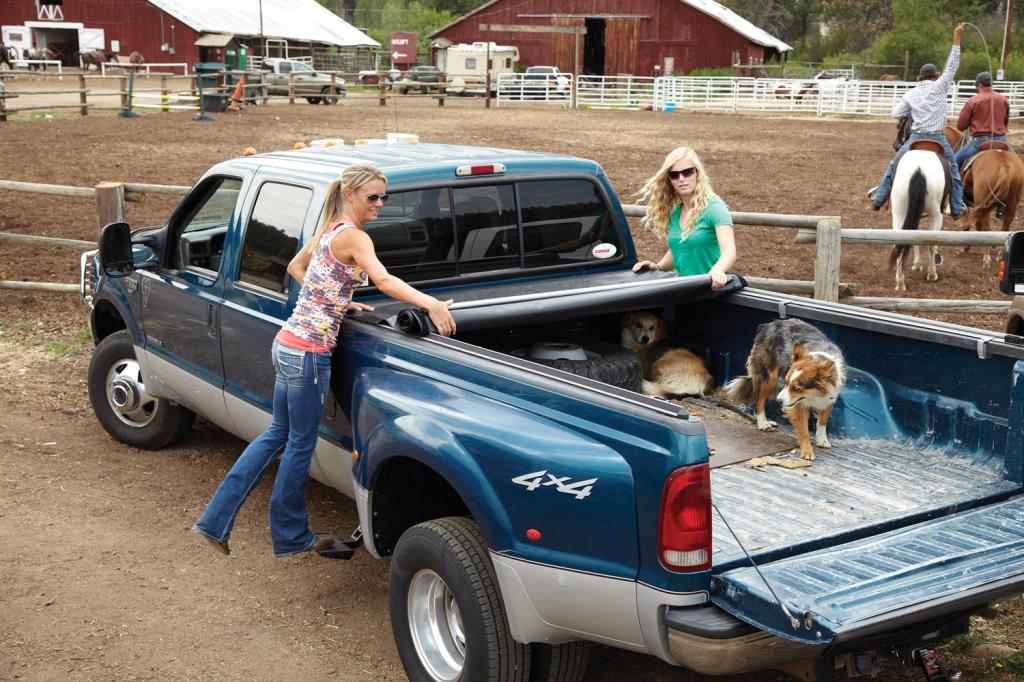






EmoticonEmoticon